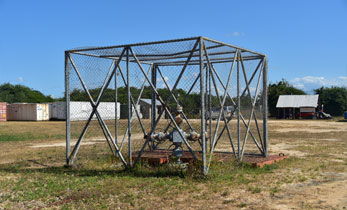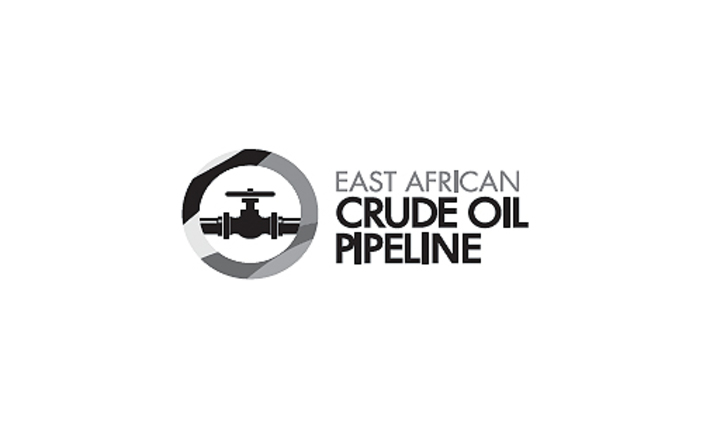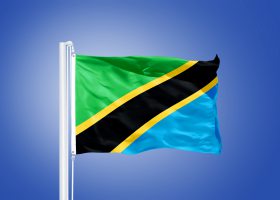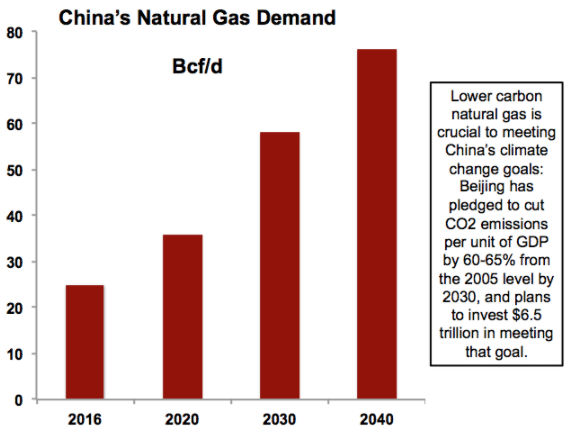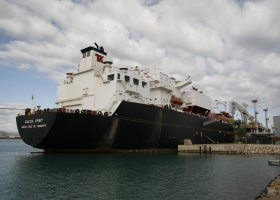
Selling to the oil and gas companies can bring your firm substantial revenue and security. The sad reality is that many suppliers, contractors do not recognize wide-ranging opportunities in oil and gas companies.
They believe that because their products are not directly related to the oil and gas companies, then they have nothing to offer to the oil and gas companies. This limits the potentials of many service providers.
The good news is that oil and gas companies need various materials and services across their different operations involving discovering, developing, extracting oil and gas, and pipeline construction.
And they can buy goods and services from any part of the world if that is what will take them to get the price and quality they want.
But in recent years, oil companies prefer to work with local suppliers. According to statistics, 39 % of Tanzania suppliers are already selling to oil and gas companies operating in the country.
The use of local suppliers gives them advantages over the overseas suppliers. It helps them to cut the following additional cost:
• Foreign exchange rates.
• Extra paperwork and documentation.
• Import duties.
• Agents, brokers and middlemen expenses.
• Import and customs fees.
Whether you are veteran already supplying to the oil and gas companies or you are already serving other market but seeking to sell to oil and gas companies, here are what oil and gas companies seek.
The kinds of things that oil and gas companies seek are services and materials.
Now, let us look at each one of these in more details.
1. Services:
Here are service opportunities available in the oil and gas industry:
Advertising: Oil and gas companies are seeking to build and maintain their company reputation with the public such as suppliers, government, employees, environmentalists, communities and shareholders. If a company’s image is perceived bad, it decreases credibility, affects sales, and loses public trust in the region it operates.
Advertising also helps oil firms to position themselves as the go-to entity in the industry, and maintain and increase brand awareness. To achieve all that, oil companies buy advertising space on magazines or newspaper and website that their target audiences are. Also, they sponsor special events and rent newsletters as well.
Modification and Maintenance services: There are many oil and gas facilities in Tanzania such as gas plants and oil depots. All these facilities require regular maintenance. Also, oil companies have vehicles that need to be fixed every now and then. Maintenance is a recurring activity in the oil and gas industry. That is what major oil service firms such as Schlumberger specialize on to make a fortune.
Office space: Also, oil and gas companies rent offices. If you have an office, you can lease it to them.
Training opportunities: The good thing about the oil and gas companies is that they love to train their workforce. Training helps oil companies to increase productivity. Oil and gas companies buy safety-training manuals and also sponsors training for students and graduates.
Manpower supply: The local hire policy has been forcing oil and gas companies to hire local workforce in their operations in East Africa. With that in mind, oil companies look for suppliers who will help them get both temporary and permanent staff. For example, you can’t run any pipeline without welders. You may approach a company that was awarded to construct the East African crude oil pipeline (EACOP) to give you the right to supply welders for the entire project.
Health, safety, and environmental services: Health and safety are paramount in the oil and gas industry. Oil companies have been ordered to ensure that employees and the communities surrounding their operational region are safe. They also buy safety products such as gloves, helmets, coverall, safety shoes, and goggles.
Stress is another challenge in the workplace. Oil and gas employees work away from their family in remote and challenging areas, and due to the nature of the oil and gas jobs, they always work under pressure. Oil firms think of health assessment for their workforce.
Logistics and Transportation: Oil and gas companies need transportation services to moves their staff from the site to the campsite. Also, they have to transport their supplies from the warehouse to the operation site.
Engineering services: Oil and gas activities involve many technical and complex jobs. So, oil companies source for all kinds of engineering jobs from electrical to mechanical engineering services. For example, in any pipeline project, there is need for a Non-Destructive Testing (NDT) service. That means that after welding each joint of the pipeline, there could be a requirement for X-ray or another form of NDT to ensure the integrity of the welds.
Security services: Directors and C.E.O of oil companies recognize the importance of security and protection of employees and the equipment. For example, gas companies in Tanzania hire security to watch their natural gas well.
Construction services: Welding and fabrication of natural gas plant, oil depots, and other oil and gas facilities are in high demand from the oil and gas companies.
Consulting services: Oil companies source for a wide range of consulting services from feasibility study services to safety consultation services.
Legal services: Oil companies also need legal expertise to help them in drawing up contracts, agreements, and help them deal with local regulations and policies of the host country in which they operate.
Survey and positioning services: Geo-survey is required by the oil and gas firm especially during the exploration phase of identifying and locating places where oil and gas resources might be. Also, survey services such as geophysical survey are needed before the construction of oil or natural gas pipeline
Catering services: Oil companies feed hundreds of employees every day at the campsite and office as well.
Waste disposals services: The oil and gas industry still has critics and get more than its share in the press about its lack of security on the environment. Headlines on the newspaper and media are filled with news that emphasizes on reducing carbon emission. That makes west disposal one of the fastest growing service demanded by oil and gas companies.
Finance and Insurance services: Auditing is another service oil firms source for.
2. Materials:
Here are the types of materials oil and gas companies buy:
General materials: These supplies are necessary for normal operations. They are often called maintenance and repair operation (MRO) supplies. Oil companies have many options for these items because they are supplied by many suppliers. That means they can find the materials from different sources. Oil companies buy these items frequently but in low unit volume. Items in this category include office supplies, personal protective equipment, drilling equipment, etc.
Processing Materials: These are products needed after different processes such as refining or crushing. Many chemical products fall into this category. Example of these products includes drilling chemicals used drilling activities of the oil and gas such as Barite, Sodium, and so on. It also involves ingredients like Acetone. Also, fuel petroleum is in the categories of this group.
Oil companies buy these items from different sources of supply. And the suppliers of these items can’t differentiate themselves because these items can’t be branded.
If you offer these items, you can distinguish yourself from other oil companies’ prospects by price, ability to deliver on time, high quality, and the percentage of purity.
Production materials: These items are purchased according to the end users’ request. That means a field manager or production manager might see the need of the particular materials and send the specification to procurement manager.
These are some of the opportunities available in oil and gas companies. Never draw conclusion that oil companies do not need your services or products simply because you are unrelated to oil and gas industry.
Whatever you are selling now, your offering can fit somewhere in the oil and gas companies.
If you have any questions or suggestion do not hesitate to contact me via hussein.boffu@tanzaniapetroleum.com, I read and reply all emails.












